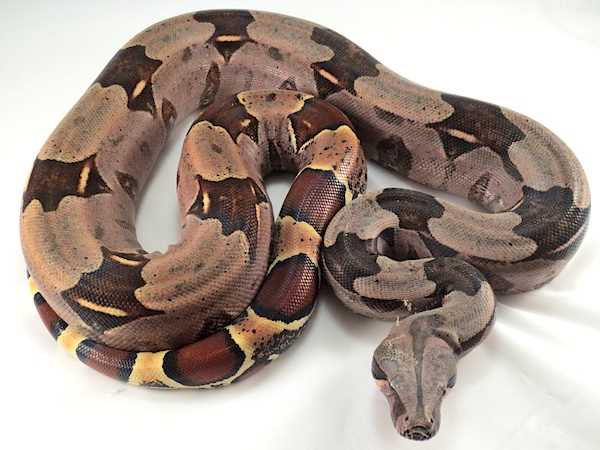
The boa constrictor is a remarkable species of snake that is well-known for its incredible size and strength. Within the boa constrictor family, there are several fascinating subspecies, each with its own unique characteristics. One such subspecies is the stunning True Red Tailed Boa.
As its name suggests, the True Red Tailed Boa is distinguished by its vibrant red tail, which serves as a striking contrast to the rest of its body. This subspecies is highly sought after among snake enthusiasts and collectors due to its captivating appearance and intriguing behavior.
The True Red Tailed Boa is native to the dense rainforests of South America, where it primarily inhabits the Amazon Basin. These boas have adapted to their environment by developing a rich, red coloration on their tail, which aids in camouflage while they navigate through the dense foliage.
What Makes the Red Tailed Boa Unique
One of the unique features of the Red Tailed Boa is its size. As adults, they can reach lengths of up to 10 feet and weigh over 50 pounds, making them one of the largest snake species in the world. Their large size and muscular build allow them to overpower their prey and constrict it until it suffocates.
Coloration and Patterns
Another aspect that sets the Red Tailed Boa apart is its beautiful coloration and patterns. These snakes have a base color that varies from shades of brown to orange or even reddish-brown, adorned with a series of dark brown or black saddles running along their bodies. These markings give them excellent camouflage in their natural habitat.
Temperament and Behaviors
Reproduction and Longevity
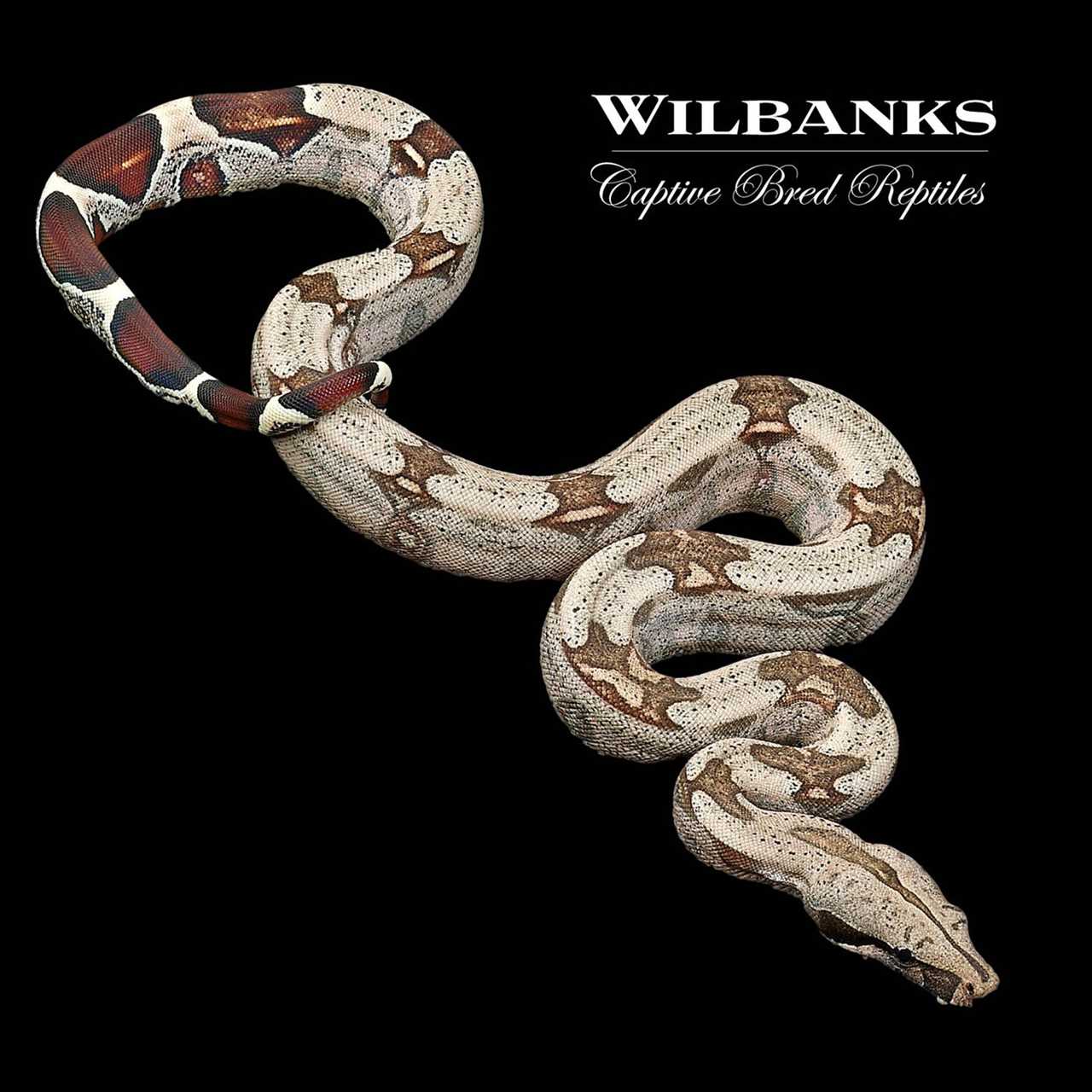
Red Tailed Boas are ovoviviparous, meaning that they give birth to live young. The females can produce litters of up to 60 babies, although an average litter size is around 20 to 30. The offspring are independent from birth and must fend for themselves in the wild.
In captivity, Red Tailed Boas can live up to 20 to 30 years with proper care and nutrition. However, their longevity in the wild may vary depending on factors such as predation, availability of resources, and habitat loss.
The Natural Habitat of the Red Tailed Boa
These boas are highly adaptable and can thrive in a range of environments, from dense jungles to open grasslands. They are excellent climbers and are often found in trees, where they can ambush their prey from above. However, they are also capable of maneuvering on the ground with ease.
The natural habitat of the Red Tailed Boa provides them with an abundance of hiding spots and places to rest. They can be found in crevices, hollow logs, and underground burrows, which offer protection from predators and regulate their body temperature.
Due to their large range and adaptability, Red Tailed Boas can be found in several countries in South America, including Brazil, Peru, Venezuela, and Colombia. Each region has its own unique characteristics, vegetation, and climate, which contribute to the diversity of their natural habitat.
Behaviors and Characteristics of the Red Tailed Boa
One of the most distinctive characteristics of the Red Tailed Boa is its beautiful coloration. As its name suggests, it has a reddish hue on its tail, which gradually fades into a more brownish color towards its head. This coloration helps the snake blend into its natural habitat, which primarily consists of tropical rainforests and wooded areas.
Life in the Rainforest
The Red Tailed Boa is well adapted to its rainforest environment. It spends most of its time on the forest floor, hiding among the dense vegetation and using its keen sense of smell to locate prey. This species is primarily nocturnal, hunting at night for small mammals, birds, and reptiles.
When hunting, the Red Tailed Boa relies mainly on ambush tactics. It remains motionless, blending in with its surroundings, and strikes with incredible speed and accuracy when prey comes within its reach. Its powerful constriction method allows it to subdue and consume prey that is often larger than its own size.
Reproduction and Parental Care
During the breeding season, male Red Tailed Boas actively search for females by following scent trails left behind by females. Once a male finds a receptive female, he engages in courtship rituals that involve rubbing his chin against her body and flicking his tongue. If the female is interested, she reciprocates these behaviors.
After successful mating, the female Red Tailed Boa will undergo a gestation period of around 4 to 6 months, after which she gives birth to live young. The average litter size ranges from 10 to 30 offspring. Interestingly, the female provides no parental care after giving birth, and the young are left to fend for themselves from the moment they are born.
The Diet and Feeding Habits of the Red Tailed Boa
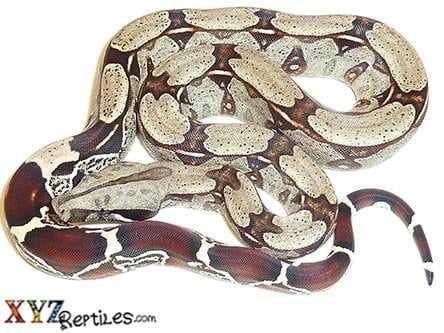
A Varied and Adaptive Diet
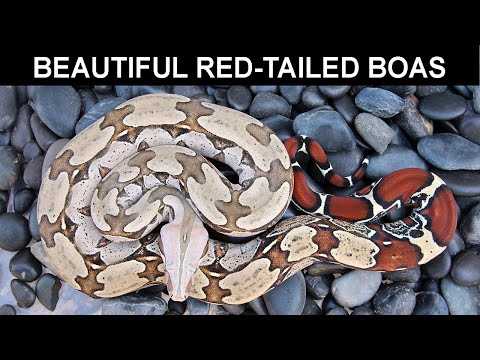
One of the fascinating aspects of the red tailed boa’s diet is its ability to adapt. In the wild, these boas have been observed consuming a wide range of prey, including rats, mice, rabbits, and even small monkeys. This adaptability allows them to survive in diverse habitats and climates, making them one of the most successful predators in their environment.
The red tailed boa’s diet also has a seasonal aspect to it. In colder months, when prey animals are less abundant, they have been observed to feed less frequently. However, during warmer months when food is more readily available, their feeding frequency increases.
The Feeding Process
Red tailed boas are constrictors, meaning they kill their prey by wrapping their muscular bodies around it and suffocating it. Once they have successfully caught their prey, they will assume a coiled position and begin to constrict their victim, cutting off its blood flow and preventing it from breathing.
Once the prey is incapacitated, the red tailed boa will unhinge its jaws to accommodate the size of the victim and swallow it whole. Due to their incredible stretching abilities, they can consume prey much larger in size compared to their own body. This unique adaptation ensures they have a successful feeding experience, allowing them to gain the necessary nutrients to thrive and survive.
An Essential Part of Ecosystems
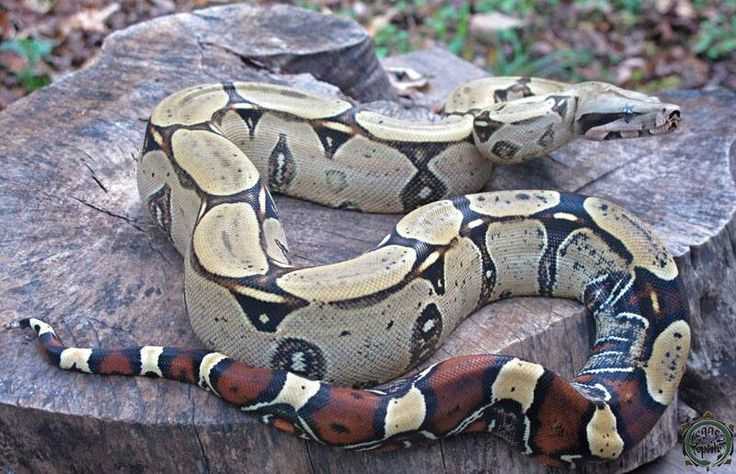
The red tailed boa plays a crucial role in maintaining the balance of their ecosystems. As predators, they help control populations of small mammals and birds, preventing overpopulation and the subsequent negative effects it can have on the environment.
Conservation Efforts for the Red Tailed Boa
The red-tailed boa, a stunning and unique subspecies of the boa constrictor, is an animal that is currently facing various conservation challenges. Efforts are being made to protect and preserve this amazing snake in its natural habitat.
One of the main threats to the red-tailed boa is habitat loss. Deforestation and the expanding human population have resulted in the destruction of the snake’s natural habitat, leaving them with limited areas to live and reproduce. To combat this, conservation organizations are working to establish protected areas where the red-tailed boa can thrive without disturbance.
Another issue facing the red-tailed boa is the illegal pet trade. These beautiful snakes are often targeted by collectors who want them as exotic pets. However, the capture and removal of snakes from their natural environment can have devastating effects on their population. To address this problem, authorities are cracking down on illegal trafficking and implementing stricter regulations to control the trade of red-tailed boas.
Education and awareness programs also play a crucial role in the conservation efforts for the red-tailed boa. By providing information about the importance of these snakes in their ecosystem and their role in balancing the population of prey species, people can develop a greater appreciation for the red-tailed boa and their conservation needs.
In addition, research is being conducted to better understand the red-tailed boa’s biology and behavior. This information can help conservationists develop effective strategies for protecting and managing the snake’s population. By studying their breeding habits, diet preferences, and migration patterns, conservationists can make informed decisions on how to best conserve this unique subspecies.
Overall, the conservation efforts for the red-tailed boa are aimed at ensuring the survival of this stunning and true subspecies of the boa constrictor. Through habitat protection, regulation of the pet trade, education, and research, conservation organizations and authorities are working together to preserve the red-tailed boa for future generations to admire and appreciate.

I’m Lena Adams—a product of an unconventional upbringing in the African wilderness. My father, a daring explorer of African wildlife, sparked my fascination with reptiles, a passion that intertwined with the tragic loss of my mother during an expedition, leaving an indelible mark on my life. Driven to understand the creatures that captivated my parents, I embarked on my journey, sharing insights about reptiles, frogs, and lizards on my website. Through my explorations and conservation efforts, I honour my family’s legacy while seeking connections—to the creatures, nature, and the mother whose presence I yearn to understand.
